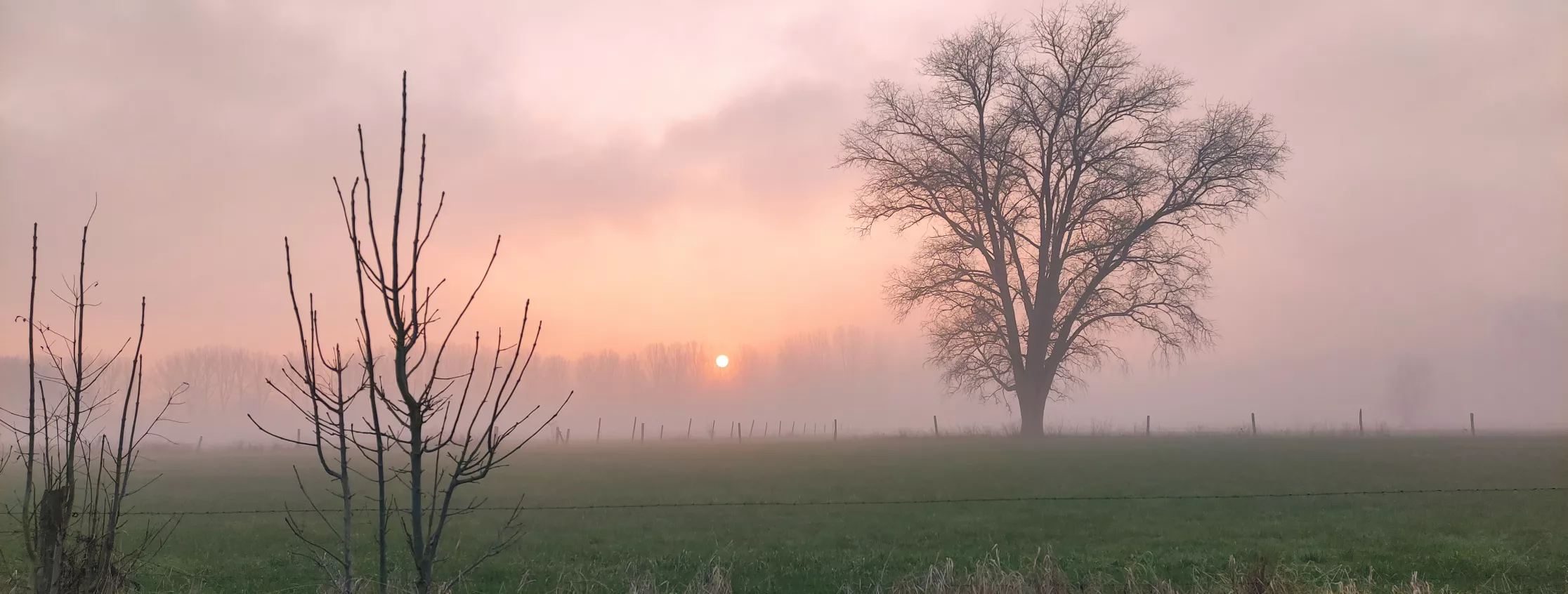Reducing impact of environmental pressures
This theme is divided into 5 specific subthemes, each focusing on a specific environmental pressure:
- Into the dark: Drawing up a light reduction scheme for Natura 2000 areas in the Brussels region and starting to implement the actions defined in this agenda to reduce the impact of public lighting on biodiversity by 2030. This will result in the adjustment of the long-term investment plans of the lighting operators in the pilot area, which will ensure a concrete impact in the pilot area (particularly positive impact for a large number of bat species), the activation of additional funding, as well as scaling up the pilot project throughout Belgium.
- Establish a restoration program to significantly reduce the impact of nitrogen deposition to be implemented by 2031 with a specific focus on hydrological restoration. This because an ecohydrological study is an important first step to develop restoration guidelines to reduce environmental pressures. The resulting project agenda will thus link hydrological restoration measures to the reduction of the current nitrogen pressure.
- The aim is to develop a proof of concept (POC) to reduce the impact of road infrastructure effluents on biodiversity by 2031 in a trans-regional context. This pilot project will result in one trans-regional POC that will ultimately stabilize water quality, reduce pollution and improve the status of flora and fauna at the pilot site (with a positive impact for several identified species and habitats). Lessons learned can be applied to other trans-regional locations and can be used to mainstream the reduction of wastewater from road infrastructure.
- Research the impact of recreational activities and events on habitats and species in and adjacent to N2000 areas, resulting in a decision framework that can be tested in the transboundary Sonian Forest and Brussels parks. The result of this research will be a solid scientific evaluation that can potentially be used throughout Belgium, as well as a decision-making framework for events in N2000 areas in the Brussels Region.
- Evaluate the impact of climate change on the conservation status of habitats and species (including the hydrological impact) by 2025. This will result in a report that identifies and characterizes the most affected Walloon species and habitats and the potential or expected impact of climate change on their development. In addition, the report will examine the possible impacts on their conservation status and conservation objectives and possible adjustments to management as well as to the regional conservation objectives established by decree. The possibility of expanding the range of certain habitats or species will be analyzed (disappearance/appearance), as well as the consequences for the Walloon conservation strategy.

